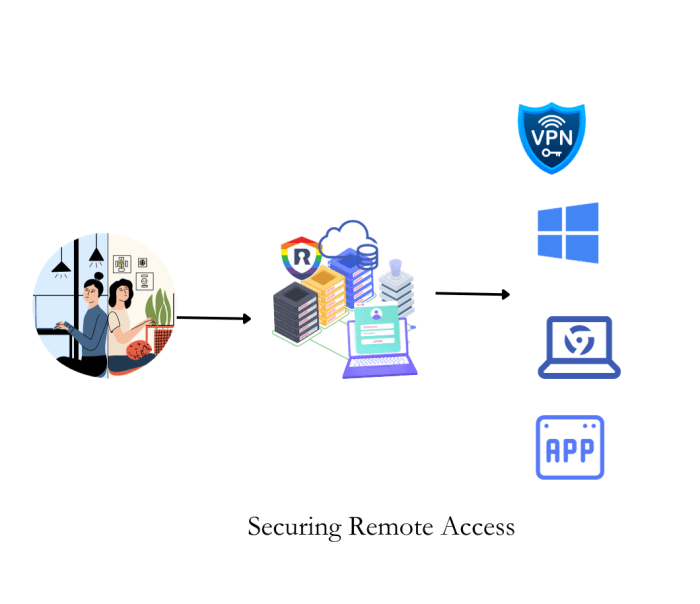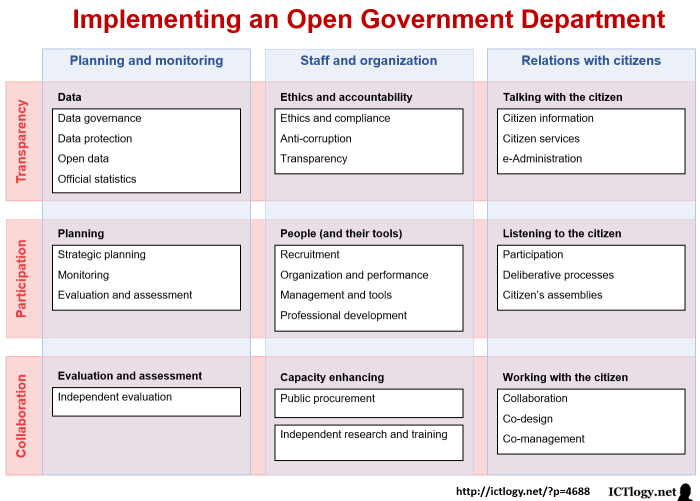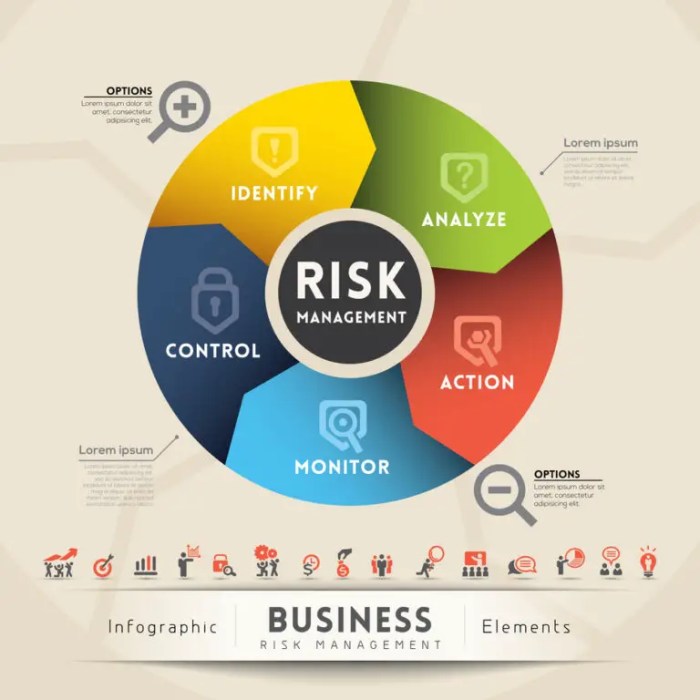
5 Key Functions of the NIST Cybersecurity Framework
The NIST Cybersecurity Framework is a widely adopted, voluntary standard designed to help organizations proactively manage and reduce cybersecurity ri...
152 posts in this category

The NIST Cybersecurity Framework is a widely adopted, voluntary standard designed to help organizations proactively manage and reduce cybersecurity ri...

Securing remote access to cloud environments is paramount in today's interconnected landscape, yet presents significant security challenges. This guid...

Effectively communicating cybersecurity risks to the board of directors is crucial for informed decision-making. This guide offers a comprehensive app...

Protecting sensitive information is paramount in today's data-driven world, and this comprehensive guide provides a deep dive into implementing effect...

Cloud systems demand constant vigilance to ensure both security and optimal performance. This guide outlines essential strategies and best practices f...

User Lifecycle Management (ULM) and provisioning are crucial for security, operational efficiency, and compliance within any organization. This guide...

This comprehensive guide explores the transformative power of Zero Trust Network Access (ZTNA) in modern cybersecurity, outlining its core principles...

Cybersecurity Key Risk Indicators (KRIs) serve as vital early warning signals, enabling organizations to proactively manage and mitigate evolving cybe...